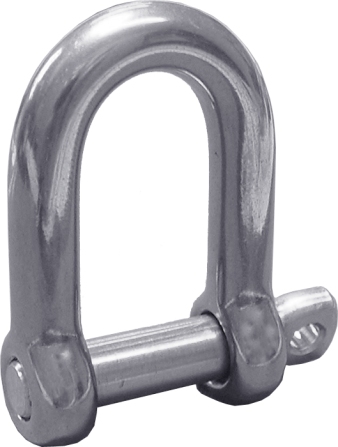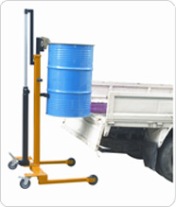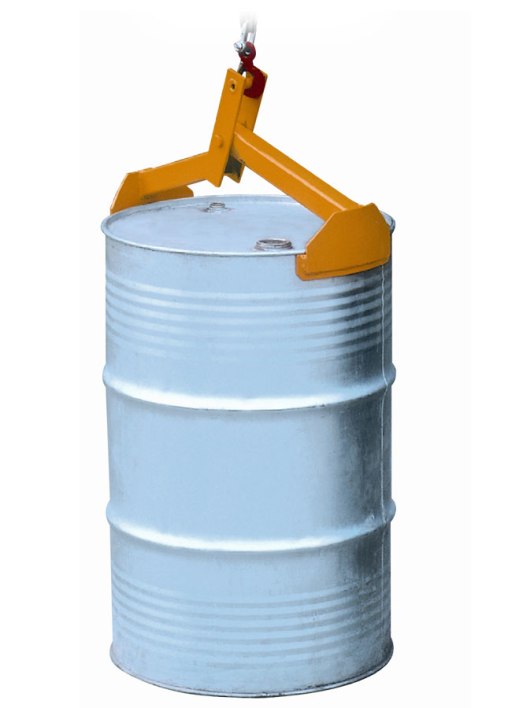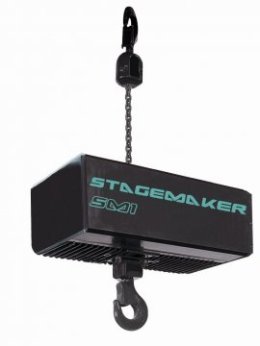Lifting shackles are designed to provide a closed connection of two components for lifting, pulling and loads as well as connecting components together in rigs. This is usually up to 1,200 Tonnes.
Shackles are manufactured in several different types and sizes, here are a few examples:
Dee Shackles- a ‘D’ shaped shackle featured a slim design with smooth bow and can be purchased with or without a safety locking nut to secure the screw pin in place to prevent tampering or any accidental movement. Options include extended long Dee Shackles as well as many sizes and capacities.

Stainless Steel Dee Shackle
Bow Shackles- the same principle featuring a wider bow to provide extra flexibility with increased surface area on accessories such as slings. Also available in an array of different sizes.

Stainless Steel Bow Shackle
Budget Economy Shackles- these are still manufactured to the correct safety standards as well as being certified to the working load limit as purchased. Economy shackles are cost effective and ideal for non aggressive use.
Premium Brand Shackles such as Green Pin lifting shackles are manufactured from the best quality materials and feature the signature green screw pin. Ideal for more intense work and long term use such as the hire industry.
Stainless Steel Shackles are perfectly suited to outdoor applications where the environment is particularly corrosive such as offshore where sea salt quickly corrodes unprotected material.
There are so many types of Lifting Shackle on today’s market to suit nearly every shackling requirement that could engrave planet earth! There are even Lifting Shackles designed for the theatre industry, coated in a black finish to prevent reflection of light in order to remain subtle.










